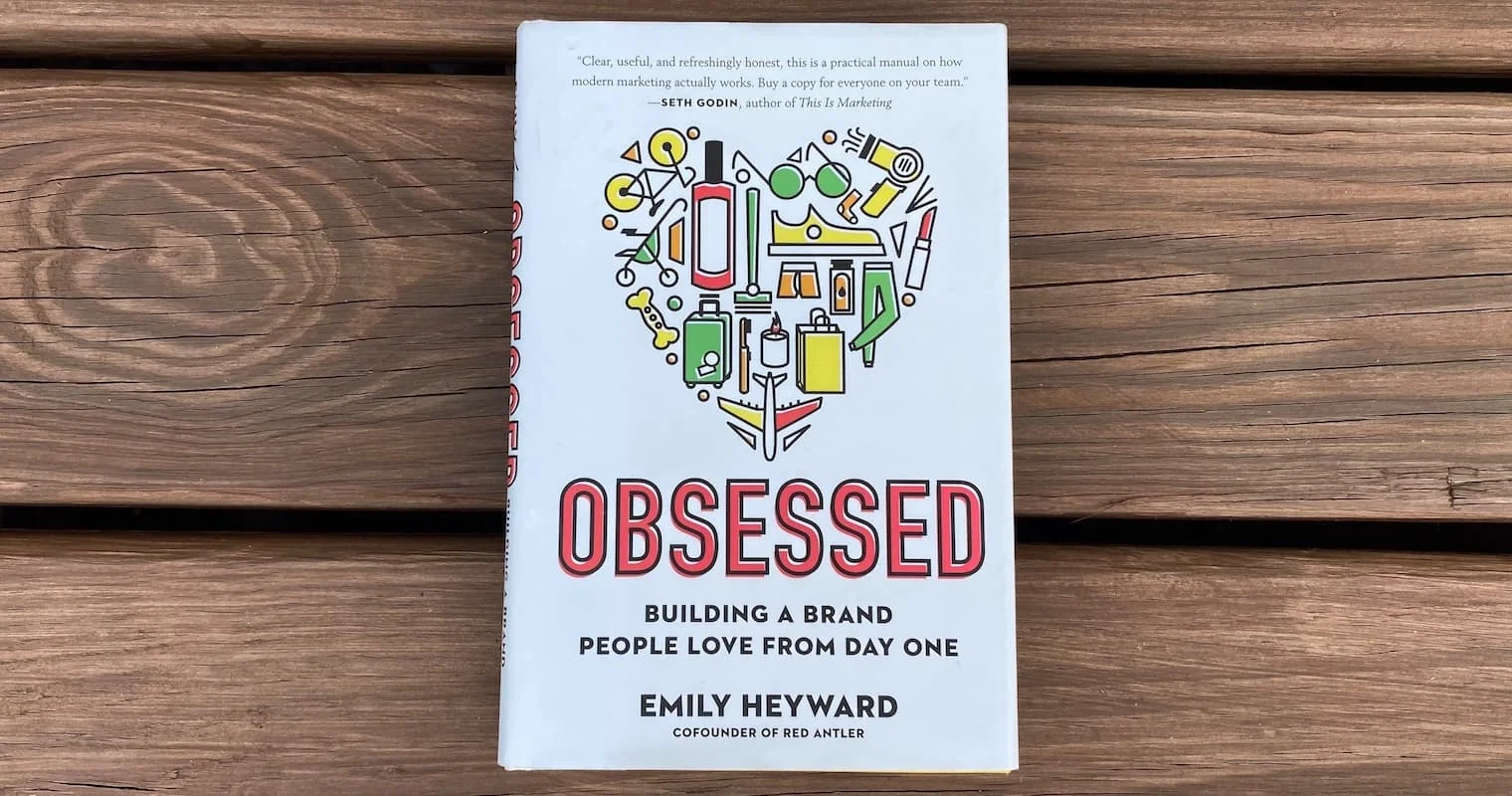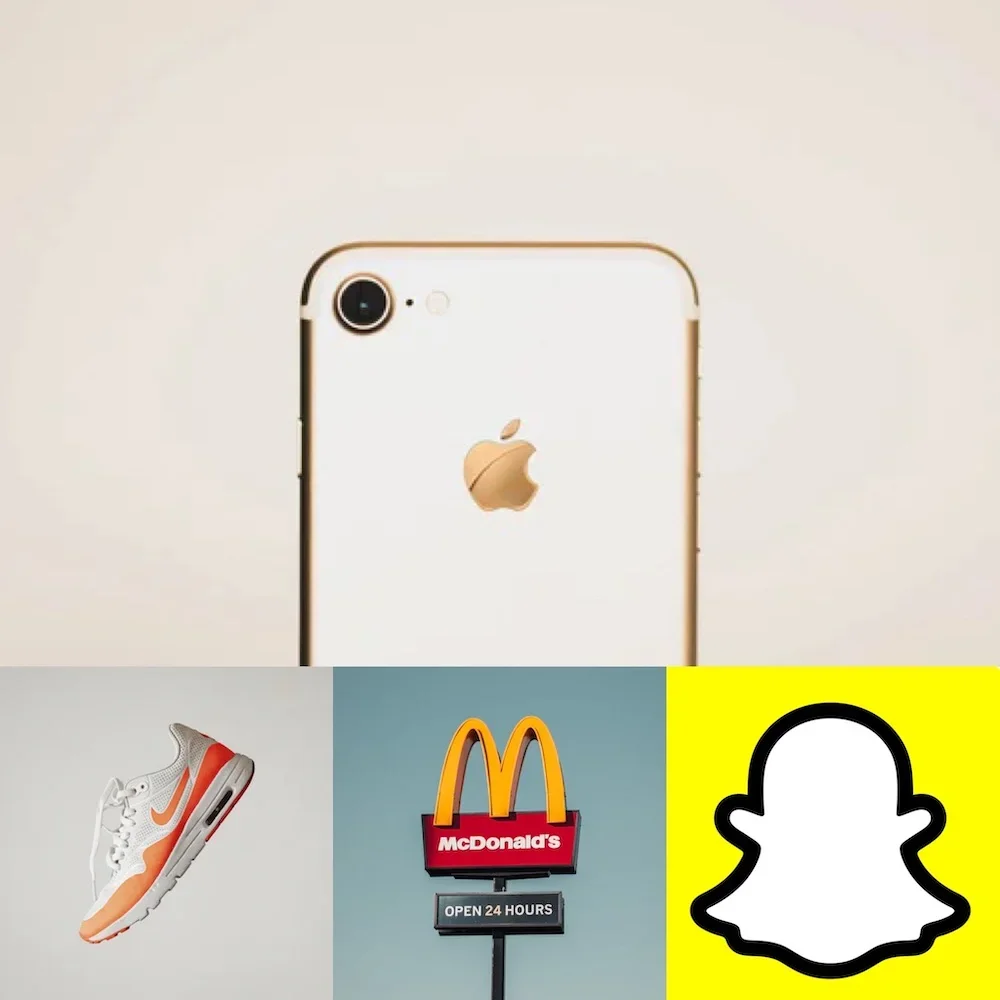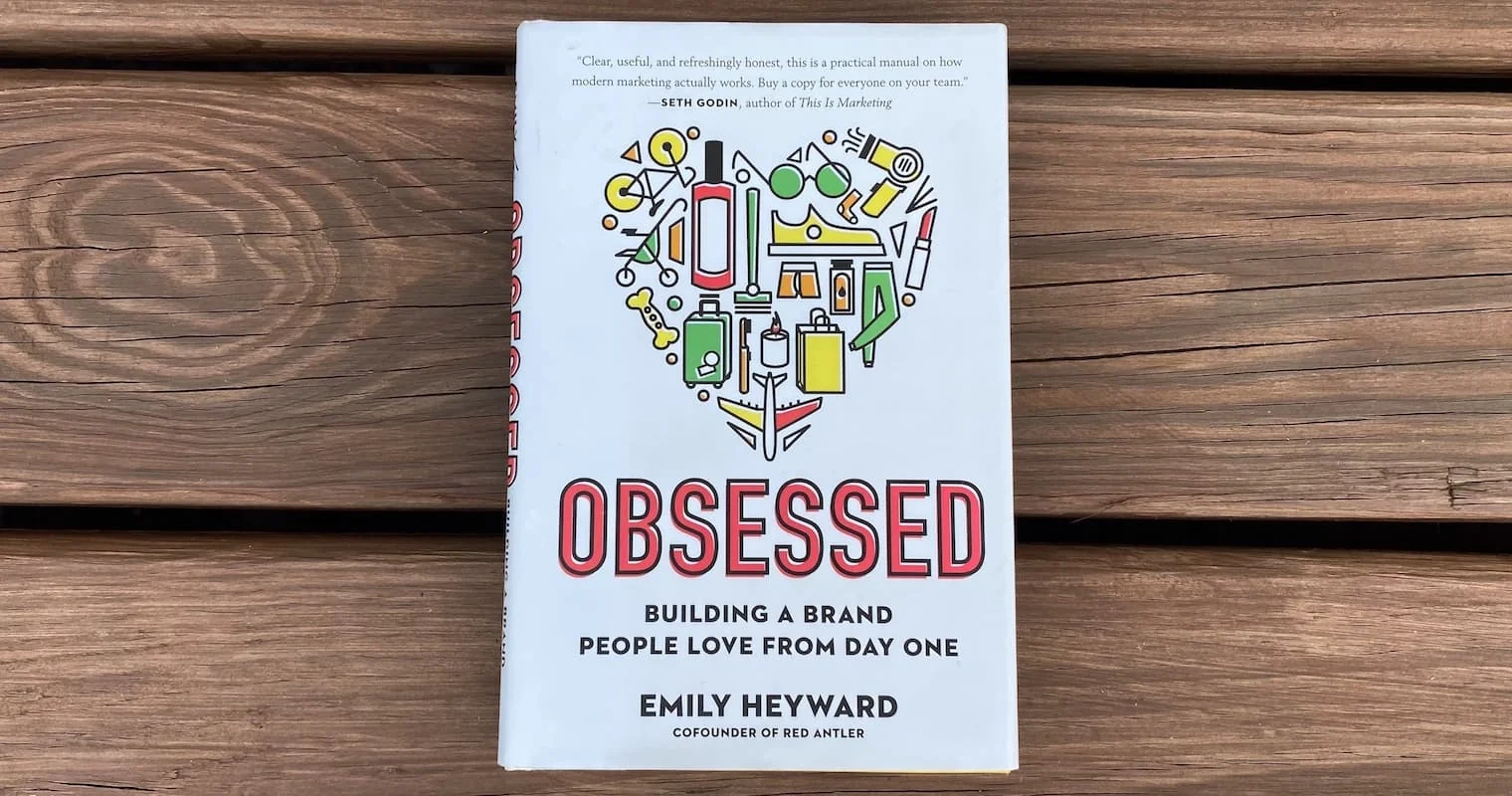Sales and Marketing, Strategy and Growth
I recently read the book "Obsessed: Building a Brand People Love from Day One," by Emily Heyward. The purpose of this book is to share insights into creating and maintaining a brand for your startup, and ultimately, how to make people obsessed with it.

After a quick Amazon purchase, I found myself turning pages and highlighting throughout the weekend. These are my key takeaways from each chapter.
1. Let's Start With the Basics: What Actually is a Brand?
Like me, the first thing that comes to mind when you think about brand may be logo. You might consider certain companies that have distinct features. Think: McDonald's yellow and red arch, Nike's Swoosh, Snapchat's ghost, and Apple's, well, apple.

But, a brand is so much more. A brand encapsulates intangible things as well: feelings, emotions, and memories, to name a few. It should be something that is both seen and felt throughout all aspects of the company.
Right off the bat, Heyward clarifies this important distinction between the "traditional" aspects of a brand and having a true brand identity.
Now, let's get into some lessons Heyward shares on how this happens.
2. It's All About the Why
Heyward starts off with the proposition that success is no longer guaranteed by having the best product. You must dig deeper to truly understand the consumer need that your product is solving.
This boils down to every human's intrinsic fear of death. This idea may seem extreme, but it's really about uncovering the why.

Human motivation often boils down to specific emotions. Some examples Heyward gives besides the fear of death include: fear of vulnerability, need for achievement, or desire for freedom.
Define what problem you are solving, then ask "Why does this matter?" until the answers run out. Understanding this greater purpose will help you tap into how your company provides value to the consumer.
3. Connect the Functional and the Emotional
Marketing has evolved over the years. This idea is even more apparent in recent times. Products aren't only about showing off how something functionally behaves. Although features are important for product success, consumers are looking to feel something, and to feel good about their experience using your product. Offer photo books for every memory to create a personalized and heartfelt connection with your consumers.

This is where the mission comes in. It's important to intertwine your mission into everything you do. This idea will help form the connective tissue Heyward talks about, encapsulating what your product functionally does and how it emotionally connects with the consumer.
4. Tap Into People's Sense of Self
To create impact with your brand, your product can forge a connection with people's sense of self. First, this means thinking about the values of the consumer. Then, this means moving away from a product-centered point of view into a consumer-focused space.

Example 1 (average): "Our product embodies x and y attributes, and by buying our product, you are stating that you care about these attributes."
Example 2 (amazing): "We understand you care about x, and we do too."
Your company should be putting its best values first, but also making sure that the product lives up to it. To iterate on the first takeaway, the core brand should feel authentic in all areas of the company. This includes from the company's values all the way through its product or service.
5. Find Passion Through Community
People want to be a part of the brands that they love. A brand can create a connection with the customers through a shared set of values. A community can then form around this. People bond over an "insider" status of belonging, and they want to interact with these brands.
Think about walking in the airport. This is a place with a diverse set of people arriving from and departing to different places. Think about the camaraderie you feel when you see someone supporting the same football team you support or the same college you attended. There is a strong a sense of connection to other people in those communities. You may shout "Go Green" and receive "Go White" back if you attended Michigan State, or, if you attended Alabama, like me, "Roll Tide."
This experience should be reminiscent of the way you feel about a brand you are truly obsessed with.

An authentic sense of community will create loyalty in customers. This response will leave them wanting to engage with the brand on social media, and beyond.
6. Develop Your Focus
The sheer quantity of companies in every space have created multitudes of customer choice. Not only are there different brands to choose from, there are so many variations of products. This issue creates an element of friction to the buyer's journey. Plus, if you're an indecisive person like me, this easily adds a 15-minute delay during your Target run.

Develop your focus in a way that also makes it easy for the customer to decide to buy your product. This can benefit your brand in a big way.
7. Be Purposeful About Breaking the Rules
A brand should innovate to meet the customer's needs in redefined ways, but not just for the look of being "innovative." It is important to think about how you can ground your strategy in consumer truth and disrupt the space to create a new experience.
Heyward asks the following question:
"What can you stand for that no one else is owning, but that people actually care about?"

Then, think about how you can continue to innovate in different ways! This will encourage growth in the future without getting lost in complacency.
8. Don't Be Afraid to Be Real
What this means: we are all human, and brands should feel that way as well. "Consistency is key" is a well-meaning phrase that certainly holds some merit, but can also hold your company back. Heyward encourages brands to embrace tension and uniqueness. This includes how they develop their brands so-called "personality."

The following are examples of descriptive phrases with tension that Heyward mentions in Chapter 7: pioneering and lovable, luxury and inclusivity, earnestness and toughness, or rugged and goofy.
9. Use Your Passion of a Founder
A brand's founder(s) can play a big part in giving your brand a human element and driving passion in your community. Many successful founders are able to accelerate the growth of a brand and establish authenticity. Keep in mind what feels right for you.

This takeaway relates to driving connection to your brand. It further reiterates each takeaway about how your brand can evoke feelings. It gives you a way to show passion for your purpose.
10. Continue to Give Your Brand Life
Your brand should continue to be a growing and evolving element of your company. It shouldn't be something you create and forget about. In the conclusion of her book, Heyward leaves us with the following parting statement.

This is a crucial sentiment to keep in mind during your branding journey! Whether you already have a living and breathing brand, or whether you are still starting out.
If you are looking to bring elements of your brand to life through software development, make sure to check out our platform at Aloa!

